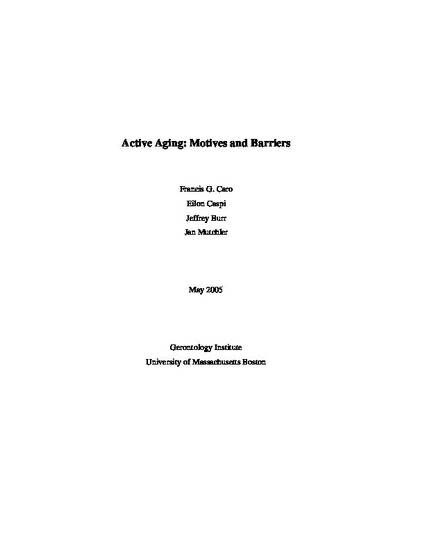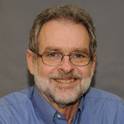
Both the successful aging and productive aging literatures attach great importance to activity. In the successful aging paradigm, activity contributes positively to both physical health and psychological well being. In the productive aging paradigm, older people make contributions to society through certain types of activities, notably gainful employment, community service volunteering, informal assistance usually within their families, and political participation.
Less attention has been given to the relationships among various forms of productive activity. Various forms of activity may be complementary or competitive. In other words, participation in one form of productive activity may open doors to other forms of productive activity. On the other hand, under some circumstances participation in one form of activity because of its time demands may tend to crowd out participation in other activities. From the healthy aging perspective, questions can be asked about the implications of type of activity for well being. Does one form of activity readily substitute for another? In other words, do all kinds of activity contribute equally to well being? Does variety in activity matter? In other words, do elders maximize their well being when they engage in a variety of forms of activity?
Available at: http://works.bepress.com/jeffrey_burr/1/

Working Paper.